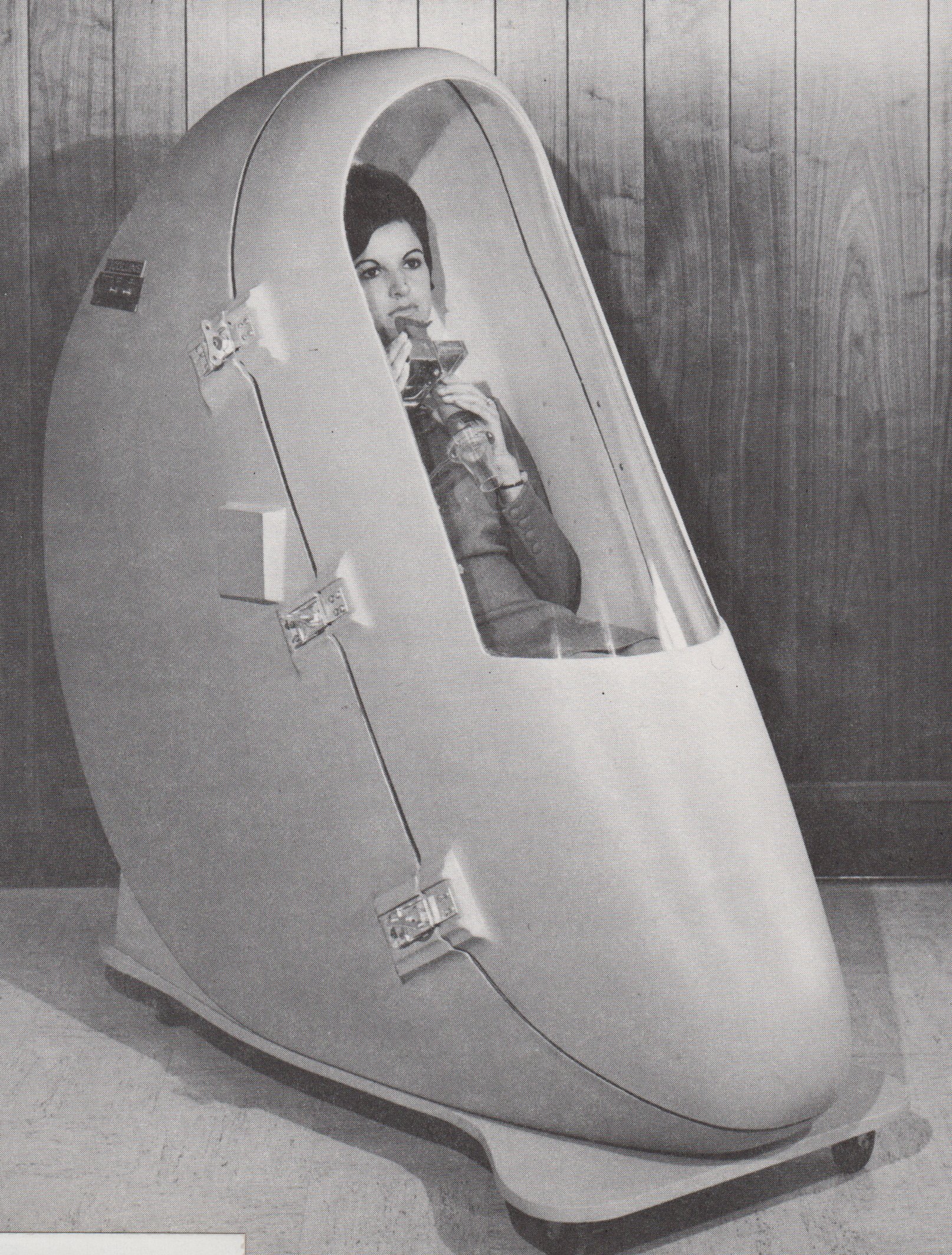
Fiberglass plethysmograph. Undated but probably from the late 1960’s. It’s unclear how many of these were actually manufactured.

Fiberglass plethysmograph. Undated but probably from the late 1960’s. It’s unclear how many of these were actually manufactured.
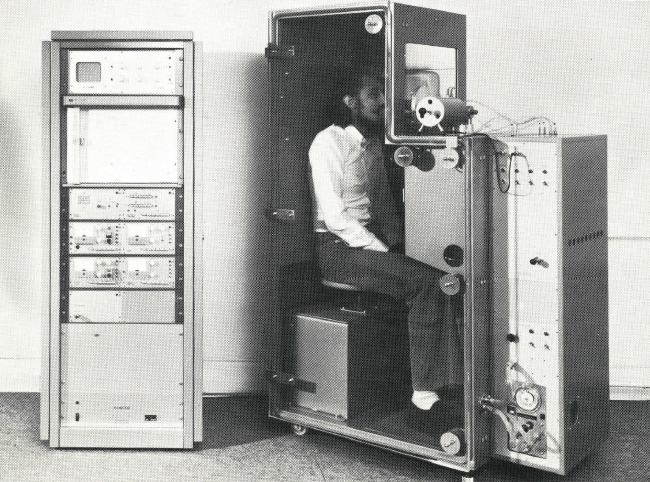
From a sales brochure kindly provided by Emanuele Isnardi. The entire sales brochure can be downloaded here.
“Our PULMOSTAR SMB is a whole-body plethysmograph of the constant-volume type, i.e. it measures pressure changes due to thoracic volume-change differences. Measurements are made against the pressure in a compensating chamber. The compensating vessel is built into the plethysmograph and communicating with it through a high resistance (time constants of 50, 10 and 20 seconds may be selected). This offsets slow, e.g. thermally induced pressure changes while the pressure fluctuations occurring simultaneously with respiration are registered. This also eliminates or dampens interfering influences reaching the plethysmograph chamber and the compensating vessel cophasically. The zero position can be restored at any time by allowing both the plethysmograph chamber and the compensator to assume atmospheric pressure through a valve system.”
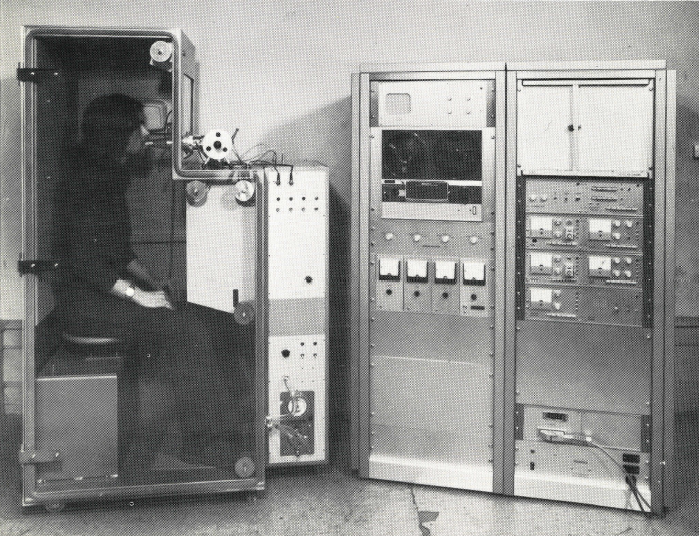
From a Fenyves & Gut sales brochure kindly provided by Emanuele Isnardi.
“Our PULMOREX body plethysmograph incorporates the pressure-corrected flow principle, but also be equipped with the constant-volume mode of operateion in addition. Presently, this type of body plethysmograph is probably the most perfect.
In order to explain the function of this plethysmograph we will proceed from the simpler constant-pressure plethysmograph. In 1960 Mead described his “volume displacement” plethysmograph which he used in conjunction with a Krogh spirometer to determine changes in chamber volume. We replaced the Krogh spirometer with a pneumotachograph and a linked integrator. The resulting assembly is an “open-box” “volume-displacement”, i.e. constant-pressure plethysmograph.”
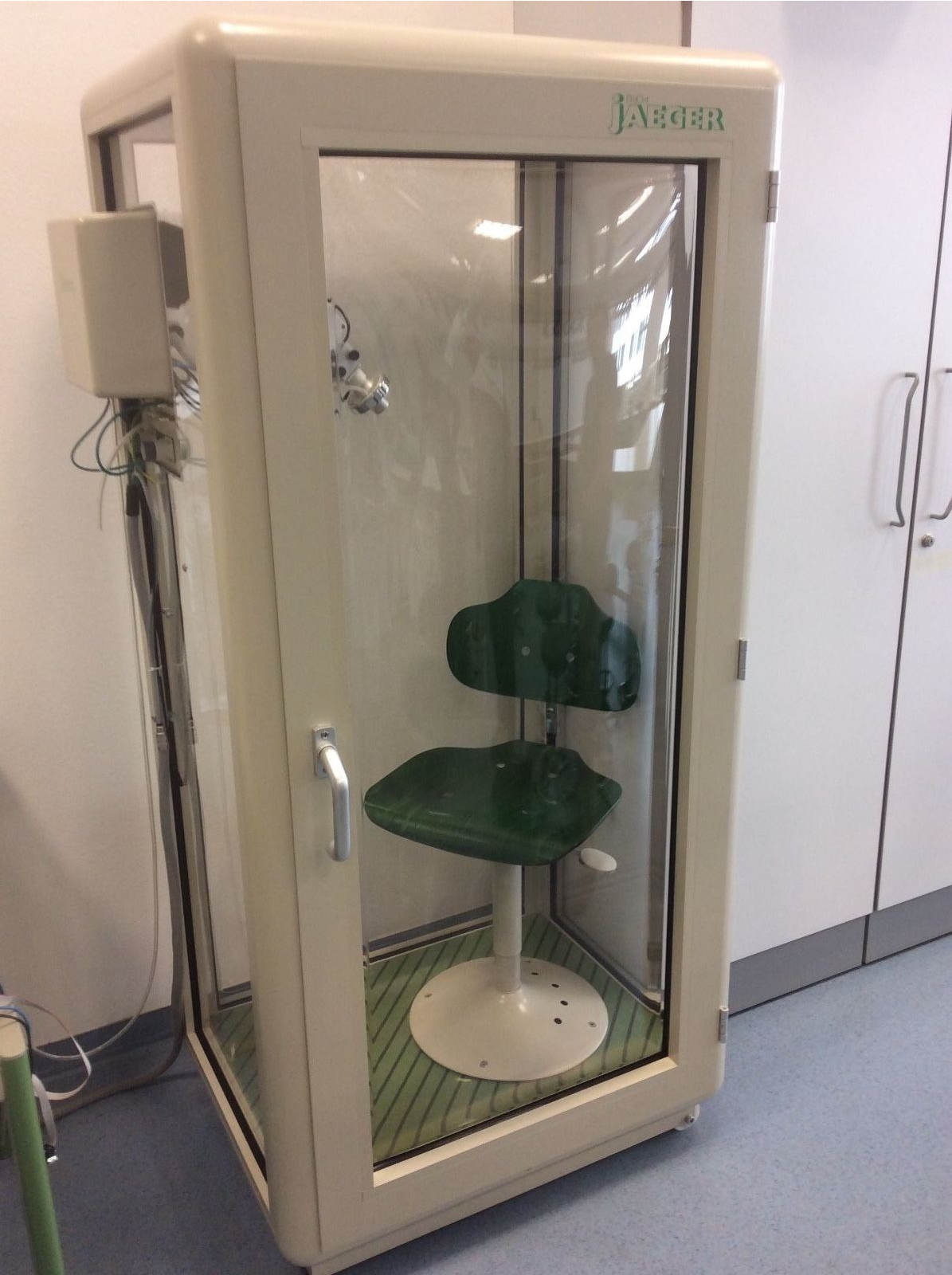
Found on a German Ebay Listing.
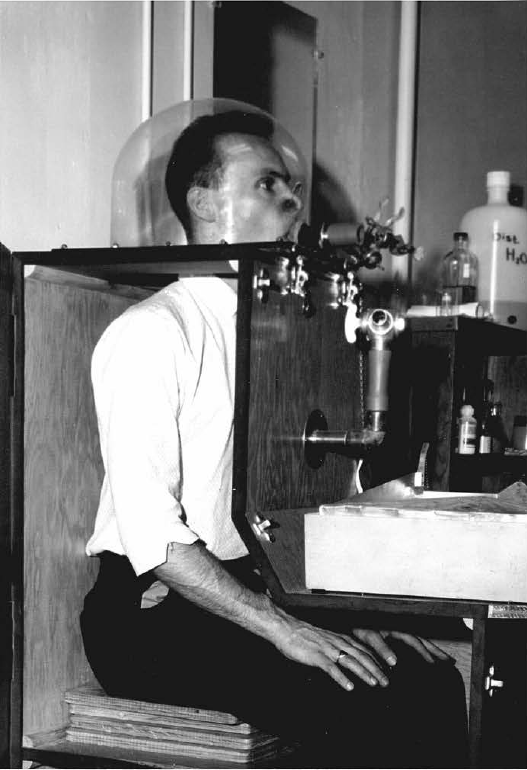
A constant pressure-variable volume plethysmograph that appears to have been based on the design of Mead and Emerson. From a doctoral thesis, “Acute effects of inhalation of cigarette smoke on pulmonary mechanics” by John M. Miller, University of Edinburgh, Edmonton, Canada, 1963, page 18.
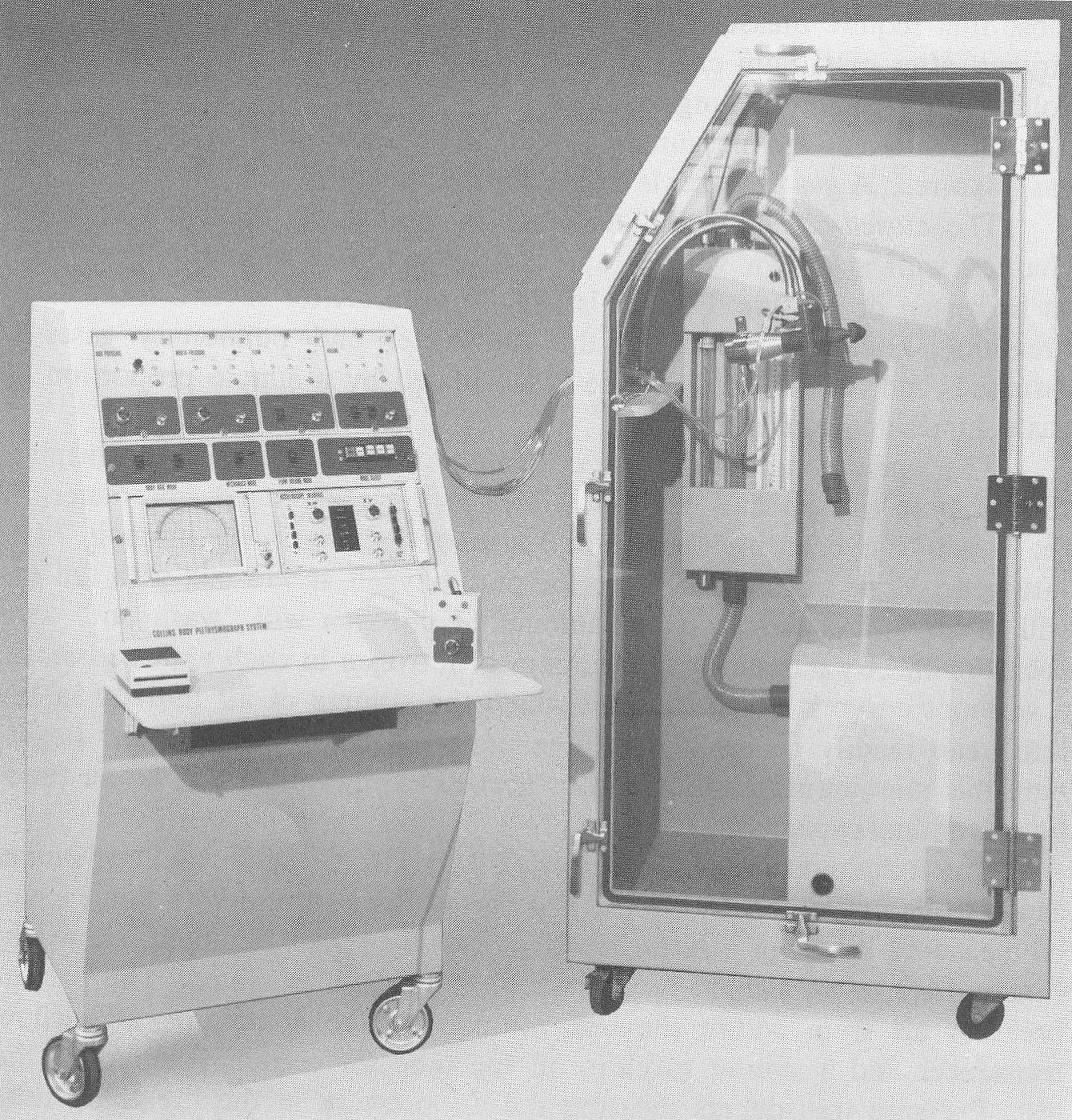
From Medical Instrumentation for Healthcare, by Cromwell L, Arditti M, Weibell FJ, Pfeiffer EA, Steele B, Labok J. Published by Prentice-Hall, 1976. Page 266.
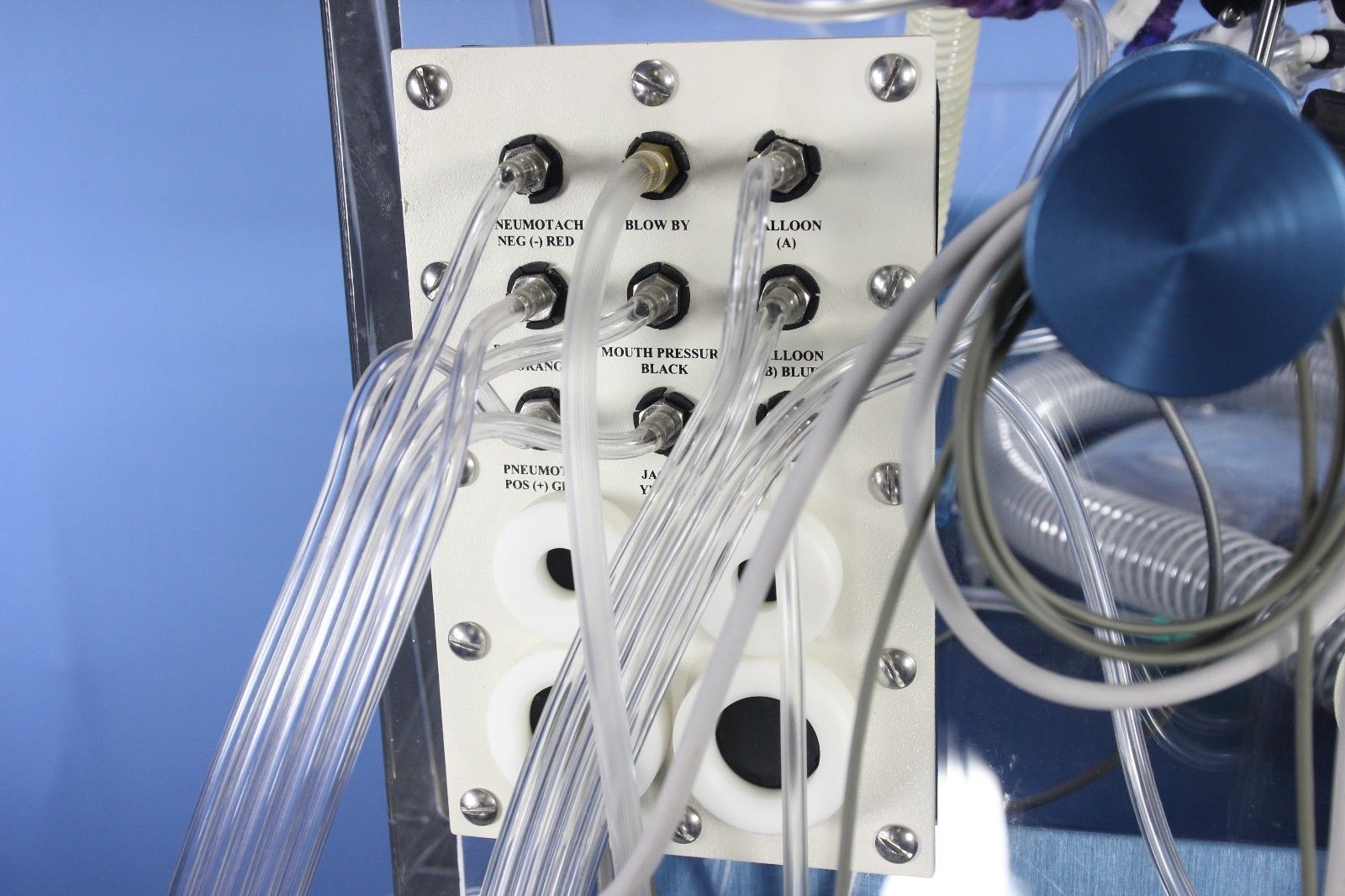
Found on an Ebay listing.
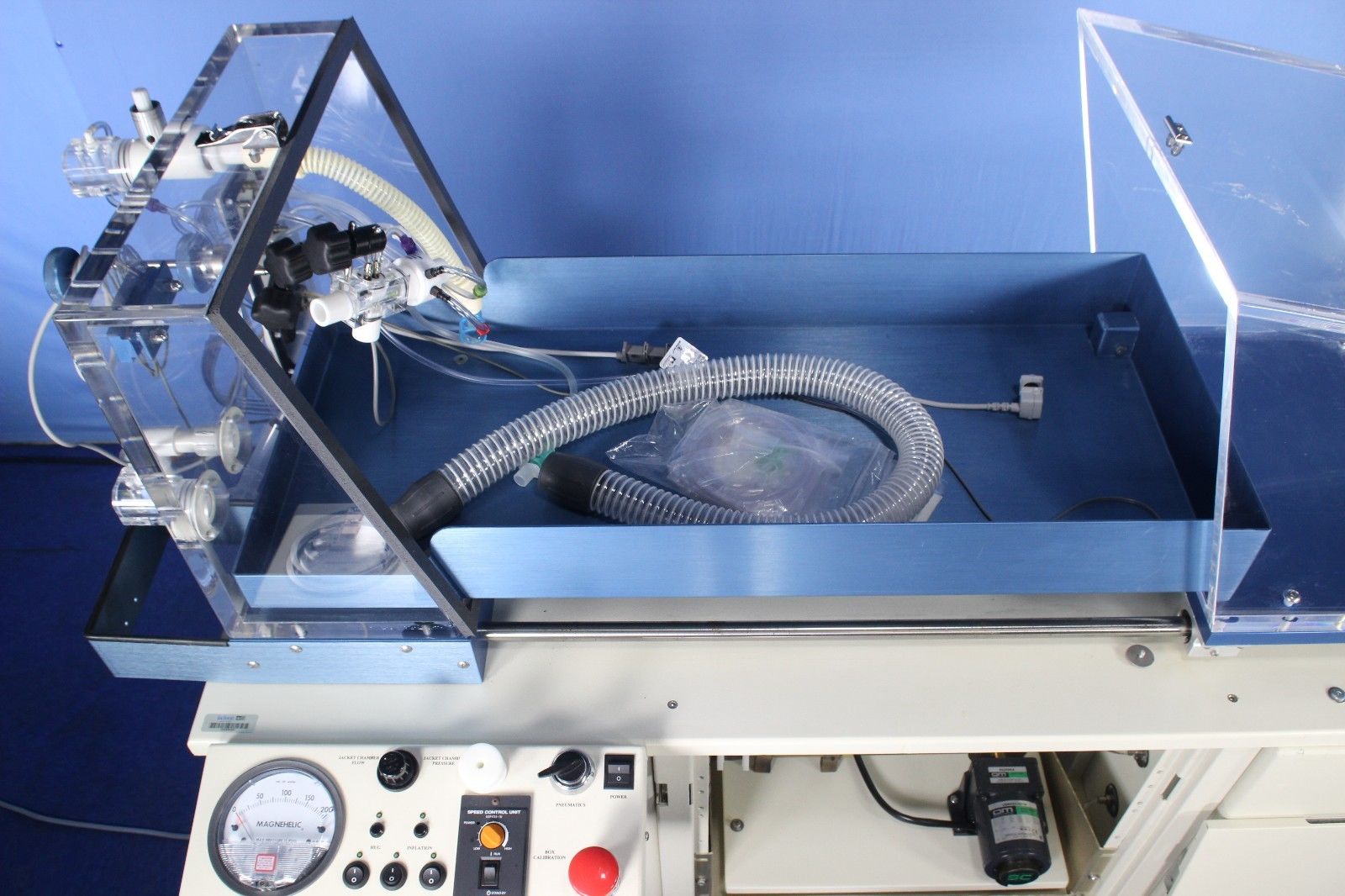
Found on an Ebay listing.
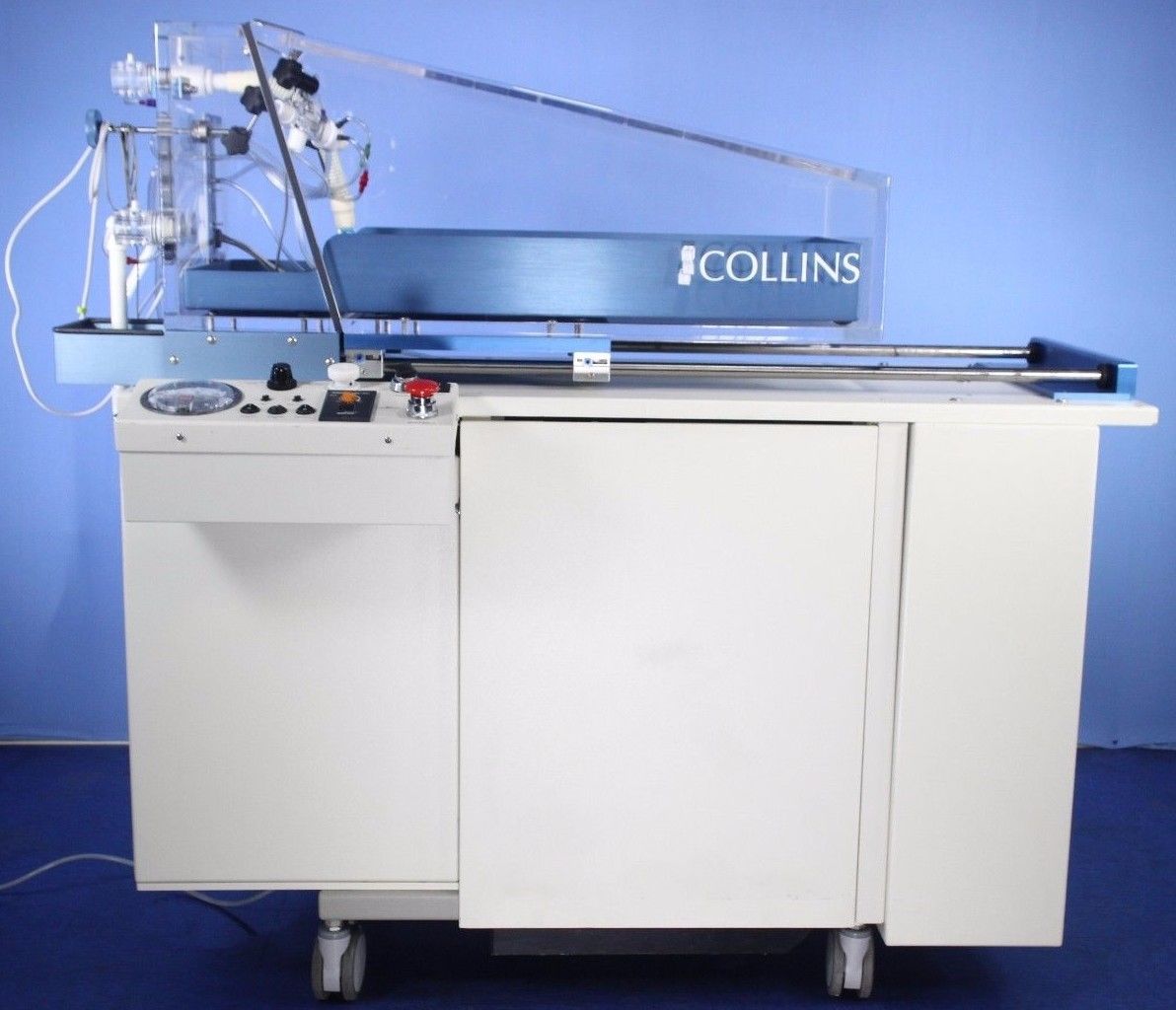
Found on an Ebay listing.
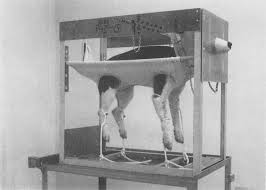
From “A Canine Inhalation Exposure Apparatus Utilizing a Whole Body Plethysmograph.” by Boecker, B. B.; Aguilar, F. L.; Mercer, T. T., Health Physics, Volume 10, Issue 12, December, 1964.